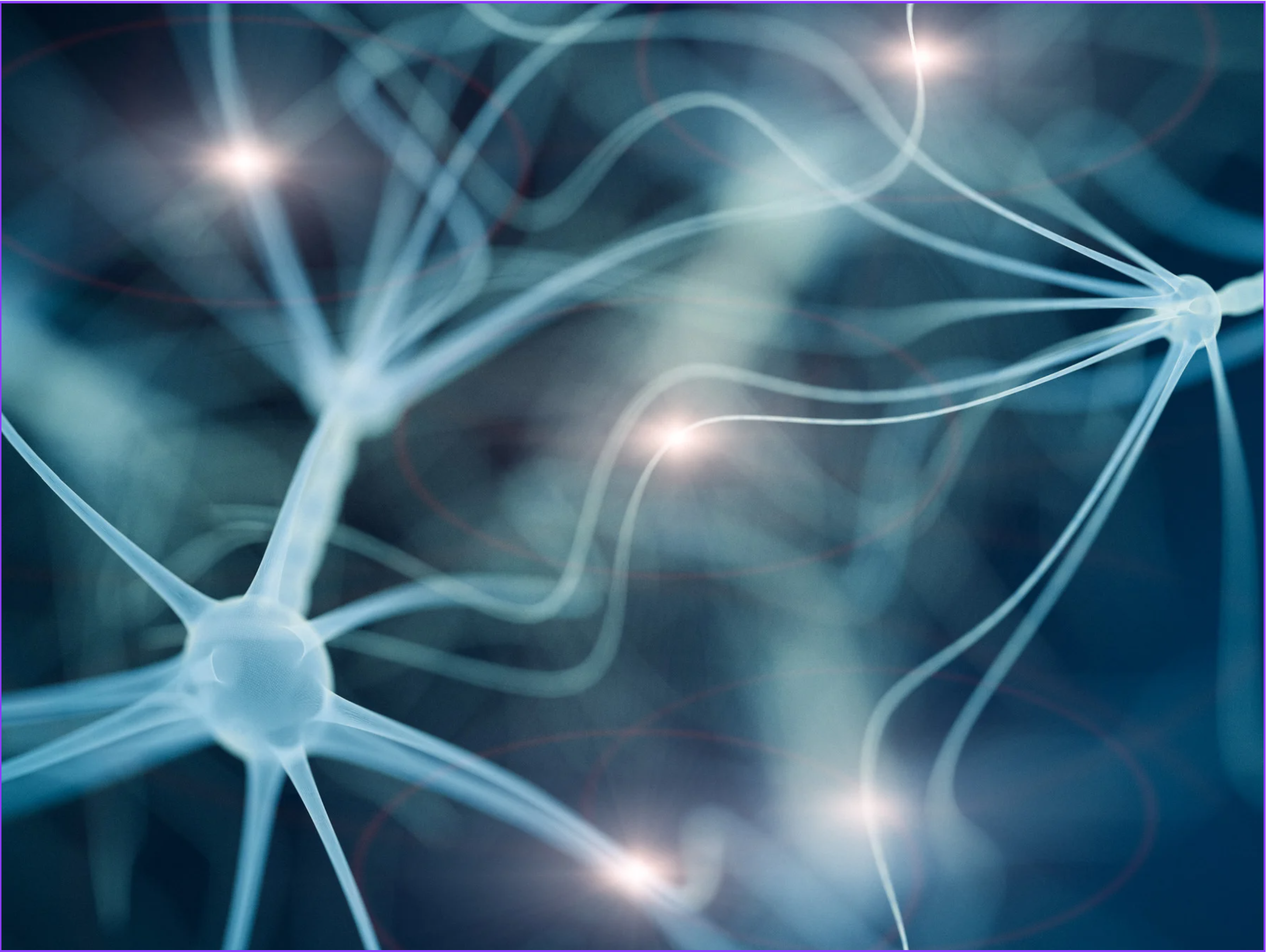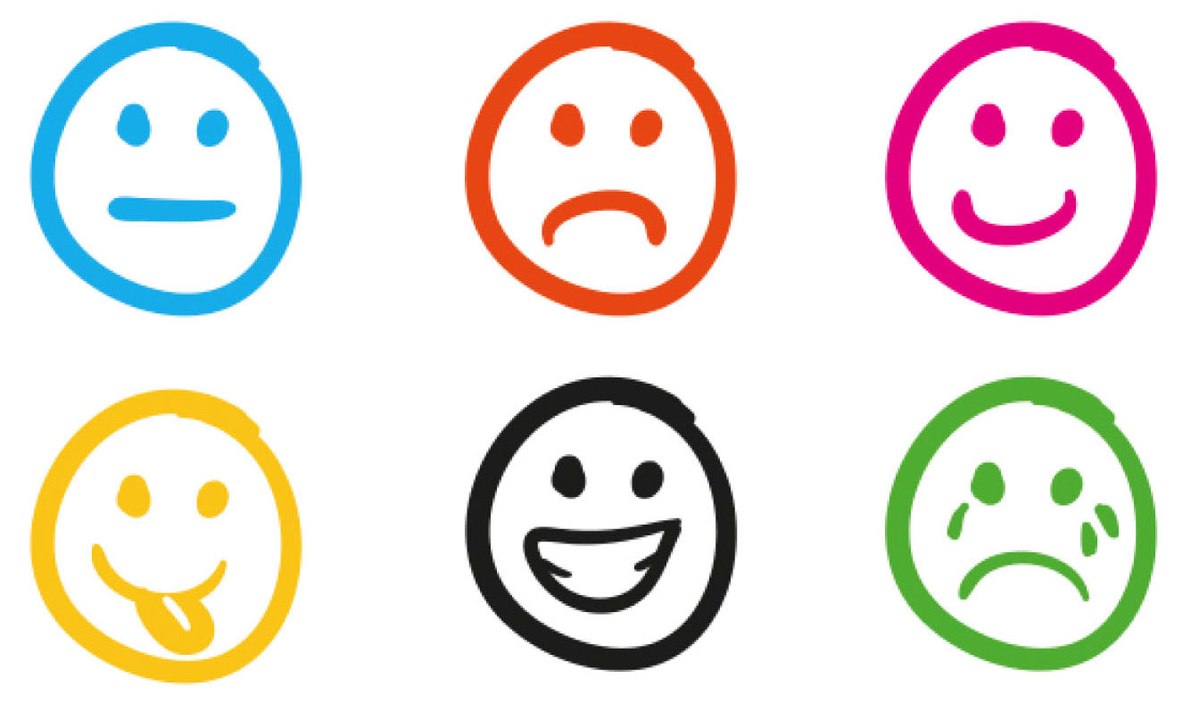Down’s syndrome is a visible disability. It is common to assume that people with Down’s syndrome have common peculiarities that differentiate them from others. John Langdon Down himself, when he first described the characteristics of the syndrome in 1866, noted their “facility for imitative humour and mimicry” and defined them as “musical and obstinate”, attributes that have become part of the set of commonplaces that flourish around Down syndrome. Their physical appearance also invites us to place them in a homogenous group. People sometimes think that by knowing one person with Down syndrome they know what they all look like. However, there is great variability among people with Down syndrome because they are all different. You have to keep in mind that first there is the person and then there is the Down syndrome.
However, the problem of labels is not as important as the problem of expectations. What you believe, you create. If I expect something, I get it (this is the so-called Pygmalion effect). If we put the label “we will expect less”, we will achieve less. We must set ambitious but realistic expectations. Expect the maximum, but with our feet on the ground. As they say, with your feet on the ground and your head in the stars.
A syndrome is a set of characteristics. Characteristics that John Langdon Down used to describe people who have Down syndrome:
- Biological characteristics:
About 50% of children with down syndrome are born with heart defects, ventricular septal defect and atrioventricular septal defect being the most frequent. About 5% of children suffer from gastrointestinal problems. Hirschsprung’s disease and coeliac disease are also more frequent among affected children. They may have hearing loss and are prone to recurrent ear infections. They are also prone to vision problems and may have cataracts. The cervical joints may be unstable, causing compression of the spinal cord, which can lead to alterations in walking, in the use of the arms and hands, in bowel or bladder function or in weakness. Many people with Down syndrome develop thyroid disease (such as hypothyroidism) and diabetes. They also have an increased risk of developing infections and leukaemia and a much higher risk of developing obstructive sleep apnoea.
All of these conditions can have an impact on them at school. However, thanks to medical advances many of these conditions can be controlled today and their life expectancy is longer than it was a few years ago.
- Motor skills
People with Down syndrome show some motor handicaps, both gross and fine. In addition, they have muscular hypotonia and ligament laxity. And in general they have difficulties with anti-gravity, such as jumping and climbing stairs.
For all these reasons, it is important that they do regular physical exercise: walking, swimming, dancing… or any physical activity that the family does, it does not necessarily have to be therapy. They have a tendency to obesity and that is why it is important to watch out for overweight.
- Personality
Although there are many stereotypes about people with Down syndrome, they are not always justified. The truth is that there is a rich variety of temperaments. However, they do have some general characteristics such as low initiative, less ability to ask questions and little perseverance in tasks they do not like. In addition, they are socially skilled enough to avoid tasks they do not feel like doing.
John Langdon Down has already described their behavioural resistance and resistance to change, i.e. they are stubborn.
There have been several studies in the United States that show that people with Down’s syndrome are happy and have a meaningful life.
Like everyone else, we must try to help them to improve their personality so that they are able to cope in the world in which we live. We have to adapt their participation in group games and activities.
- Attention
They are easily distracted and their attention varies according to their interest in the task.
It is necessary to work on their attention with exercises to increase their attention spans with motivating, varied and entertaining activities, eliminating distracting stimuli. It is therefore important to look them in the face when talking to them and check that they are paying attention to what is being said.
- Perception
Their visual perception is better than their auditory perception. Activities should always be accompanied by pictures, drawings, graphs, pictograms, photographs and objects. They are good imitators.
- Cognitive aspects
People with Down syndrome have difficulty in handling diverse information and show slow processing and coding. For them abstraction, transfer and generalisation are challenges they face on a daily basis.
Abstraction is a mental operation that is used not only to understand language, but also to imagine, in reading comprehension, to associate memories: for example, you are walking down the street and you perceive a smell very similar to the food your grandmother makes and it reminds you of her, you have the ability to associate a smell to a person. Transfer is that tomorrow they will remember what they have learned today. And generalisation is that what they know how to do at work, they know how to do at home. People with Down syndrome often have difficulties in these areas and that is why it is good to work on them.
- Intelligence
People with Down syndrome have a mild to moderate intellectual disability. Their IQ ranges between 40 and 60. However, years ago it was said that they had a severe-moderate degree of intellectual disability. Now they go to school, they are educated and, therefore, we see the results. In the past, they were not taught because of the expectations placed on them: with the expectation that “they will not learn”, they were not taught anything.
They are better at manipulative tests than at oral tests. Language is often a challenge in addition to the fact that they do not understand the rules, as these are highly abstract and as mentioned above abstractions are not easy for people with Down’s syndrome.
Although IQ decreases with age, it has been shown that people with Down’s syndrome are able to continue learning throughout their lives. It is necessary to work on jokes and ironies because they understand the literal meaning of what is being said to them.
- Memory
People with Down syndrome retain better by sight than by hearing. This explains why they often do not know how to explain, but they know how to do it. It is necessary to train their memory and give them strategies to improve their cognitive capacity. As John Langdon Down pointed out, they are good observers and imitators.
- Language
Sight and social skills are the strengths of people with Down syndrome, while language is their weakness. Comprehension language is higher than expressive language. That is, they understand much more than what they can explain. They understand literally and this leads to misunderstandings. It is important to work on irony and jokes so that they learn to cope.
They need us to talk to them and listen to them, as well as working with a speech therapist. And above all, we must bear in mind that it is not advisable to give them long explanations because it is very difficult for them to follow them.
- Behaviour
People with Down syndrome have the same rights and duties as others. It is neither good to overprotect them nor to demand too much of them. There should always be coordination between school and family so that there is cohesion in everything they are learning.
- Sociability
People with Down’s syndrome have a good degree of social adaptation, their social image is favourable. However, their level of spontaneous social interaction is low, they often depend on adults for these matters. Therefore, the more activities done in their community, the better, adapting them so that they can easily understand them.
These characteristics are not stable over the years: Today, unlike in the past, people with Down syndrome participate in social events, they can read and write, they play sports, their IQ has increased over the years and their life expectancy and quality of life is also higher.


















